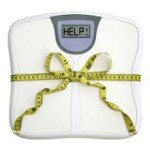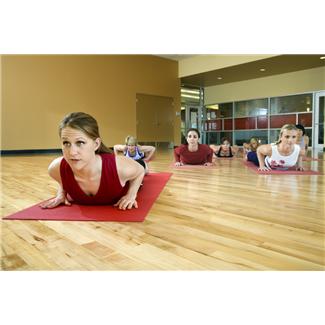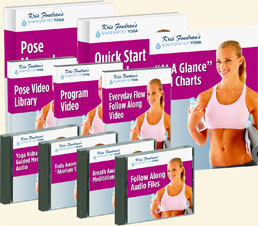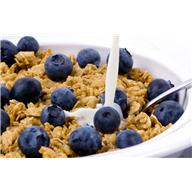Chances are at one point in your life or another, you’ve made a New Year’s resolution — related to health and fitness — and you’ve broken this resolution. Break the cycle this year and follow through with your resolutions. If you’ve made a resolution to take better care of yourself, good for you! Here are 10 tips to help you stick with your health and fitness resolution all year long.
1. Be Realistic. Make sure you set goals that are within your reach. Never set a goal that is unattainable. If your favorite treat is chocolate chip cookies, never vow to never eat a chocolate chip cookie again. Remember, it’s okay to enjoy your favorite foods from time to time.
2. Make plans. Don’t just wake up one morning and decide you are going to lose weight. Make your plans ahead of time. Give yourself a week or two to plan out your goals and determine how you are going to achieve these goals.
3. Create your plan. Create a plan that is going to work for you. Decide how you are going to achieve your goals. Determine how you will deal with the temptation to indulge or the temptation to skip a fitness class. Will you schedule your workouts into your calendar? Will you call a friend for support when you need it? How will you deal with setbacks?
4. Make a list of the Pros and Cons of your resolution. Develop this list overtime. It often helps to see a list on paper. These items will help motivate you to stay strong and keep going. Refer to your list when you need a little motivation to keep going.
5. Don’t make your resolution a secret. Talk about your resolution with family and friends. Health and fitness resolutions are not easy. You are going to need a support system. You may even find that a family member or friend has a similar resolution. You can work with each other to achieve your goals.
6. Remember to reward yourself. Rewarding yourself does not mean you should eat a gallon of ice cream in one sitting; especially if you are trying to eat healthy. Instead, celebrate your achievements with something that does not go against your New Year’s resolution. Treat yourself to new workout clothes, running shoes or a massage. Do something for you.
7. Keep track of your progress. Instead of setting just one long-term goals, set multiple short-term goals that will help you to achieve your ultimate goal. Small accomplishments will help to keep your motivated. Keep a workout or a food journal to help you stay on track.
8. Don’t beat yourself up over the occasional slip-up. This will not help you to achieve your goals. Realize that slip-ups do occur, but do the best you can. Take your health and fitness journey one day at a time.
9. Stick with your resolution. It’s takes about three weeks for a new fitness routine or new ways of eating to become a habit. It takes half a year for these new habits to become part of who you are. Remember, changes do not happen overnight.
10. Never give up. Keep on trying. When you feel like giving up, remember that you can do it. Even when you feel like giving up, remember that baby steps will help get you in the right direction of achieving your goals.
Make 2015 the year that you stick with your health and fitness goals. You can do it!







![[extra] fitness590265.3.jpg](https://www.fitness-over40.com/wp-content/uploads/fitness590265.3.jpg)
 Before you begin exercising or lifting any weights at all, it’s important to take a few minutes to warm up your muscles. Doing some light exercises actually warms up your muscles and makes them more flexible. This way, you’re less likely to injure yourself during a workout.
Before you begin exercising or lifting any weights at all, it’s important to take a few minutes to warm up your muscles. Doing some light exercises actually warms up your muscles and makes them more flexible. This way, you’re less likely to injure yourself during a workout.